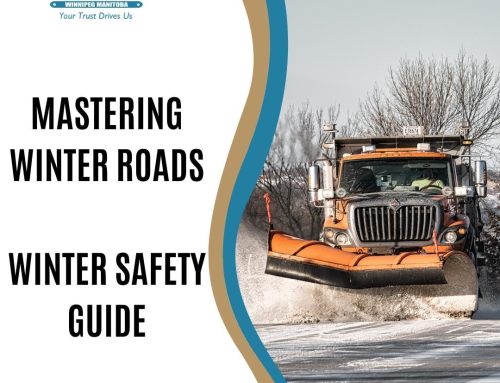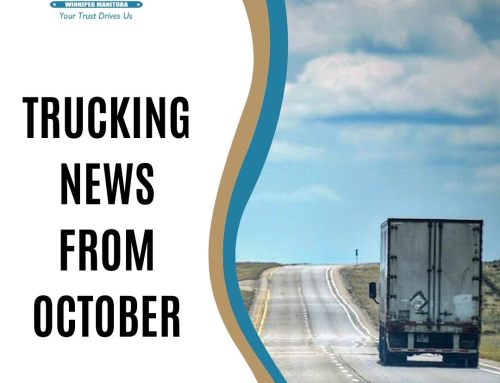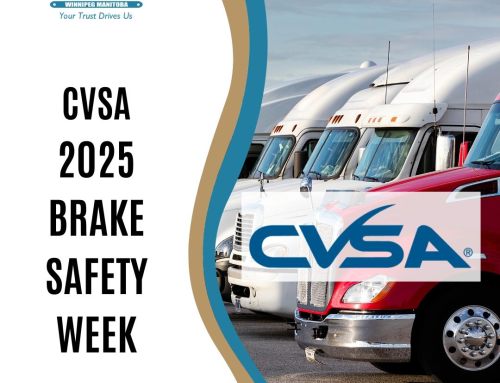
In cold northern climates it is impossible to avoid driving during the harsh winter months. At some point you will have to deal with less than favourable driving conditions. You objective during these situations is to drive safely to avoid injury to yourself and the motorists around you.
Hit the Road the Right Way
Whether you are driving a short distance to work or traveling hundreds of miles it’s important that your prepare for your trip.
- Dress appropriately for the weather conditions. Wear comfortable clothing that doesn’t restrict your movement while driving.
- Plan your route ahead of time and stick to the main roads, winter is not the best time to take the scenic route. If your traveling long distances make sure that someone knows your planned route and your expected arrival time.
- Ensure that you give yourself enough time to arrive at your destination. Allotting for extra time helps you avoid being late and removes the temptation of driving too fast for the conditions. The consequences of being late are far better than those of getting into an accident.
- Make sure you don’t hinder your visibility. Take the time to properly clear the snow and ice from your vehicle – windows, lights, mirrors, hood and the roof. Give the vehicle enough time to warm up and defrost foggy windows.
- Keep your tank no less than half full. Of course this means more trips to the gas station, but if you ever get stuck in traffic or stranded in bad weather, you’ll be better prepared.
Stay on the Road and Drive Safely
- Slow down and drive for the road and weather conditions. Driving too fast in poor conditions puts yourself and others around you at risk.
- In low visibility situations turn on your vehicle’s full lighting system and use the hazard lights to increase the visibility of your vehicle to other motorists on the road.
- Keep your distance. It takes longer to stop on slippery or icy roads. Make sure that you have a safe following distance between you and the car in front of you.
- Be aware of your surroundings. Pay attention to the road all around you and observe the traffic patterns – this includes watching the traffic behind you. Be prepared to slow down or speed up to keep the pace of the traffic around you.
- Have an escape route should the traffic ahead of you come to sudden stop. Constantly scanning the areas around you, looking for a safe place to put your vehicle in case of emergency, can reduce the amount of injury and damage to those around you.
- If the weather gets too bad to drive find a safe place stop. Unless there is an obstruction and the road is impassable, do not stop on the road way or shoulder. For your own safety keep driving until you find a gas station, parking lot, or side street.
Stay Safe Even if You get Stranded
Here are some tips to help you if you get caught out on the road in a storm because of a breakdown, an accident, road closure or the conditions get to bad to carry on.
- Increase your visibility for others on the road by putting your hazard lights on.
- Ensure that your tailpipe is free of snow so that exhaust doesn’t seep into the vehicle.
- To conserve gas supplies, run the motor every ten minutes for heat, using the supplies in your Winter Driving Emergency Kit to help keep you warm. Keep your body warm by moving your hands, feet and arms.
- Open a window occasionally to allow fresh air to enter the vehicle.
- Stay in your vehicle and do not attempt to walk home. Winter conditions change quickly, you could become disoriented and unable to find your way in blowing snow. If you have to exit the vehicle be cautious of the traffic around you, especially if visibility is reduced.
Remember the number one way to avoid the risks of winter driving is to not place yourself in potentially dangerous situations in the first place. Know when the road and weather conditions are just too bad to attempt and stay off the roads.




